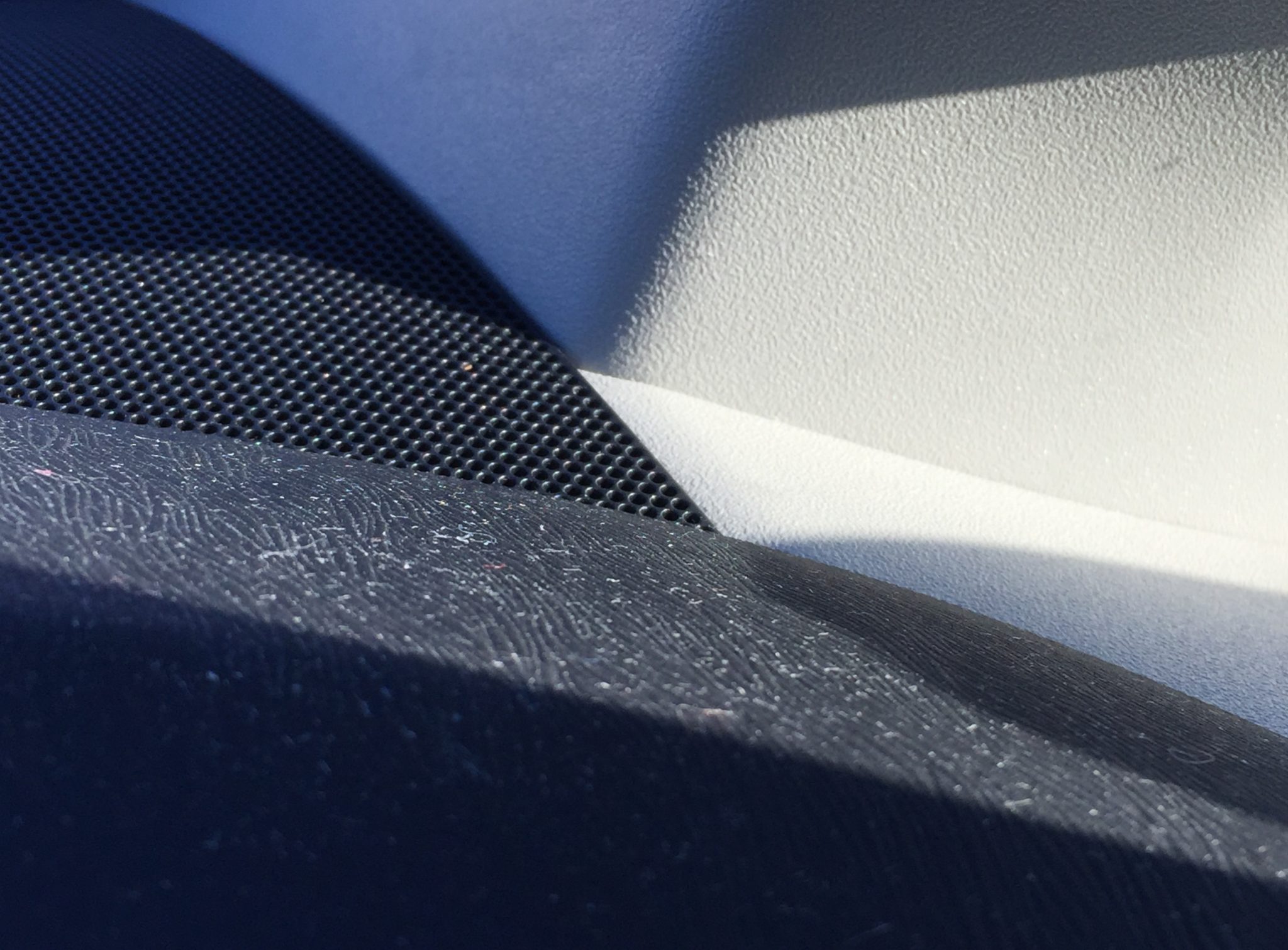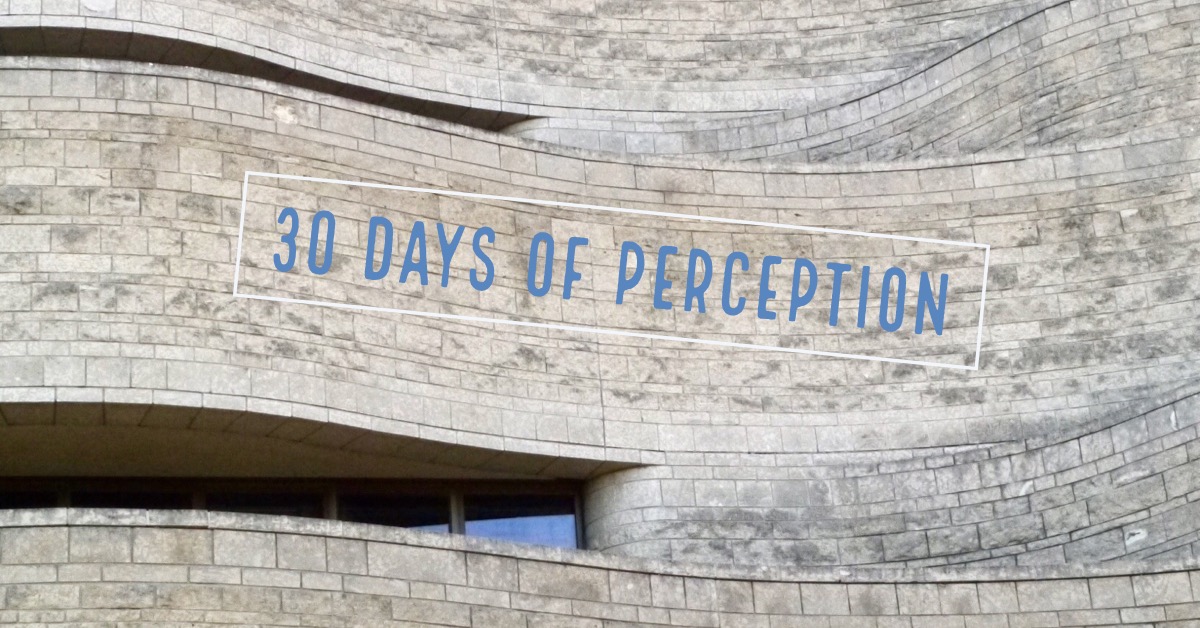
A couple of months ago, I did a multi-part series on the subject of perception. This is a word that is often misunderstood. It’s not the same as perspective and it’s not about thinking at all. Perception is something that is experienced, not explained. My bible on this subject is Laura Sewall’s book, Sight and Sensibility: the Ecopsychology of Perception. Today, I’d like to share a summary of Chapter 1 from that book, called Varieties of Visual Experience.
Firstly, Sewall states that “perception is a radically subjective process.” Anyone who has been to a photography workshop knows this is true. From the same standpoint and at the same time, ten photographers can come back with radically different images. The point is that we see in our own unique way and, most importantly, we can always change the way we see. Why would we want to do this? Because there are an endless number of perceptions and ours are always limited. Sewall begins with a historical look at views on perception.
A Little History
Philosophers have been exploring the idea of perception for millennia. Back in the 5th century B.C., the philosopher Empedocles attempted to come up with a theory of vision which combined naturalism (the realm of the senses) and rationalism (order or absolute truth). He believed that “sight required resonance, a vibratory relationship between the seer and the seen.” This is something that rings true for me. It’s seeing with eyes of love. A hundred years later, another philosopher, Plato, came up with a theory of perception that was much more rational in tone. He saw in terms of archetypes, or the ideal. So, a horse was not seen in terms of that particular horse, but as a representative of the ideal of what a horse could or should be.
During the 1st century, Mahayana Buddhism emerged in China and described three ways of seeing.
1. Parakalpita is the most basic, where what is seen is not really seen, but quickly named and categorized. Many of us see in this way, for example, an oak tree is an oak tree is an oak tree. They’re all the same.
2. Parantantra is relational, for example, the sun and it’s rays are inseparable.
3. Paranishpanna is true, enlightened perception, a glimpse of oneness. For example, the moon reflected in water, is still the moon. They are tied together. This type of seeing is similar to the Hindu concept of darsan, a sacred way of seeing.
Fast forward to the second century and the Stoics, who saw vision as a soulful encounter with the potential for transformation.
“Perceiving ultimate reality is observing the image freshly, independent of what we think we know about it. It is seeing into, unconditioned by categorical perception.”
For the next 1500 years, Greek and Islamic philosophers shared the idea that everything in the universe emanated light. They saw the world as a network of light rays. The observer played an active and influential role in perception. The Sufis too saw perception as a creative power, giving the observer the ability to see metaphor and divinity everywhere.
St. Bonaventure, a Franciscan priest from the 13th century, also shared this view as he described three ways of seeing. The “eye of flesh” sees the material world, the “eye of reason” understands the mental realm, and the “eye of contemplation” reveals invisible or transcendent realities. We could intentionally decide how to see.
Australian Aborigines saw thorough what they called their “strong eye.” They used their senses and intense observation to “see into” things. Sewall goes into much more detail on this way of seeing, especially in terms of their relationship with the land, and the idea of Dreamtime. Similarly, American indigenous peoples were and are firmly rooted and not separate from the place where they live. They see the landscape and their own psyche as a process of becoming; always with the potential for transformation. Each day offers a new conversation with the land.
During the 17th century there was a radical revolution in consciousness, marked by the Renaissance and the scientific revolution. Modern science brought forward a way of seeing that was more like a detached observer, whereas the medieval mind was all about meaning.
The writer, Goethe, was against this view of perception. He brought the senses back into seeing.
“Truth was revealed by the attentive engagement of the observer, by the interpenetration of perceptual and cognitive realms. The thing observed was to be looked at again and again, and the observing mind was to be in a state of open, respectful inquiry searching out the meaning.”
Goethe was pretty much alone with his thoughts on perception until Maurice Merleau-Ponty came along in the 20th century. He is known as the father of phenomenology, a word that comes from the Greek ‘phos’ (light), meaning to show itself. To be receptive to light is to be enlightened. The right eye reaches out into the world, while the left eye is engaged in the act of receiving or absorbing. He saw the body as “the very subject of awareness,” and perception as a reciprocal and sensual process. Merleau-Ponty introduced the idea that perception was primary and pre-cognitive.
Sewall ends her history of perception with how post-modern ideas from the latter half of the 20th century have begun to shift perception from a mechanistic view to a more relational or holistic one. Especially as we face the consequences of climate change, there is a need to see in terms of ecosystems rather than individual species. This has opened up a whole new field of contemplative ecology through the writings of David Abram, Bill Plotkin, and Rebecca Solnit, to name just a few. Sewall cites environmental educator, Mitch Thimashow, who coined the term “biospheric perception – grounded in science, infused by what we know of reality from biology and geology, geophysics and astronomy, yet shaped by imagination and poetry.”
What is vision?
Modern western science and culture sees vision as beginning in the brain and emanating from there. Sewall looks at seeing as on a continuum – ranging from careful observation (literal and measurable) all the way to an understanding of the inner landscape (metaphor, myth, signs, and symbols). The uniqueness of our particular way of seeing takes into account our embeddedness in a particular culture, place, and family.
In photography, the common parlance is that the photographer takes or captures an image based on their own conceptual ideas. This gives most of the power to the photographer. Contemplative photography takes the opposite approach, speaking in terms of receiving rather than taking images. Perhaps this moves the pendulum too much in the other direction. However, I see it more as a two way street, giving equal weight to the observer and what is being observed. Even this may be too dualistic, because it’s not really about either; rather, it’s about the encounter or relationship that happens in the middle, when two becomes one.
How do we learn to see?
Being mindful, being present is a good first step but it doesn’t mean we’ll see what’s truly there, especially if our conceptual mind drowns out our perceptions. We must have an open mindset, a willingness to see other possibilities. Curiosity, compassion, and non-judgment are also necessary. And, we must be willing to notice our own conditioned responses, whether in the form of past experiences, likes and dislikes, or beliefs. This is true contemplation, a forgetting of self.
In his book, The Heart Aroused, David Whyte quotes poet David Ignatow, “I should be content to look at a mountain for what it is and not as a comment on my life.” White says that self-forgetfulness is the essence of firsthand experience. With contemplation, one is not trying to get something out of the experience. Instead it is “the primary touchstone between our individuality and the strange way our individuality depends on everything else.” In other words, it’s all about encounter, the meeting of your interiority with the exteriority of the world. Sewall sums it up beautifully.
“To take vision for granted, to be thoughtless about the variety, miracle, and magic of seeing, is to limit one’s self to a play by play objectification of reality. But to envision the act of seeing as the marriage between the viewer and the viewed is to be woven into the fabric of a shifting field of light, of energy, beauty and all that one may lay eyes upon. It is to recognize that, as in all marriages, there are a thousand ways to honor the union. And as in any intimate relationship, what we bring to the exchange determines the quality of the experience.”
What is the quality of your gaze?
Favourite Books on Perception
** Books mentioned have Amazon affiliate links, meaning I make a few cents if you purchase through my link. I only recommend books that I’ve read.
Sight and Sensibility – Laura Sewall
The Spell of the Sensuous – David Abram
The Practice of Contemplative Photography – Michael Wood and Andy Karl
Would you like to practice seeing in this way?
In November, I’ll be offering a new, online workshop called 30 Days of Perception. Learn more about it by clicking on the image below.
